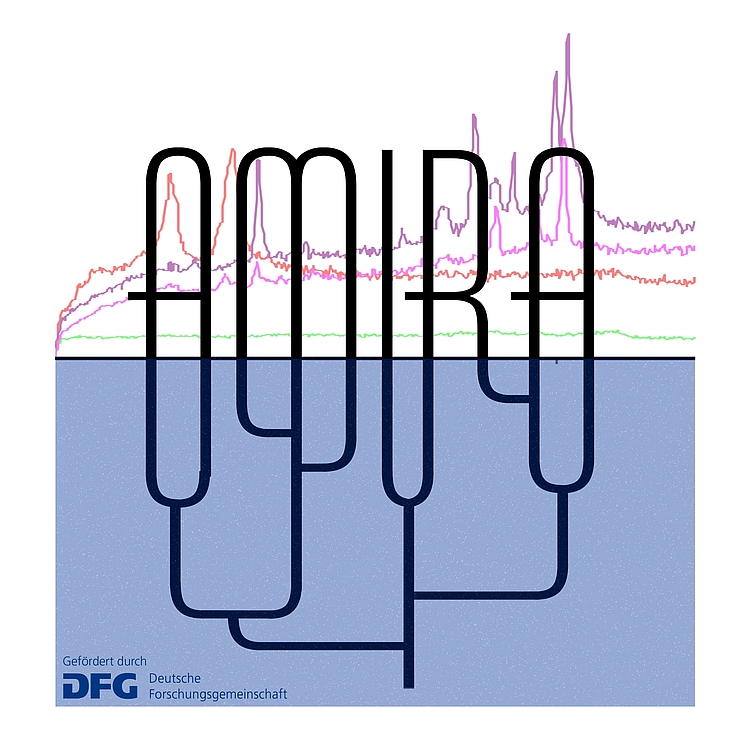AMIRA - Analysis of microbial relations in vivo using Raman microscopy

| Led by: | A.-K. Kniggendorf |
| E-Mail: | ann.kathrin.kniggendorf@hot.uni-hannover.de |
| Year: | 2018 |
| Funding: | Deutsche Forschungsgemeinschaft (DFG) - 397827619 |
| Remarks: | DFG - Eigene Stelle |
Projekt AMIRA is a cooperation between HOT and the department for Hydrobiology and Environmental Biotechnology in the Institute for Sanitary Engineering and Waste Management (ISAH) at the LUH, and the Pommerening-Röser lab in the department of microbiology & biotechnology at the University of Hamburg. We intend to establish cytochrome c-resonant Raman microscopy (CRRM) for the continuous analysis of bacterial relations in native, undisturbed biofilms in vivo and in situ with a resolution at cell level. This will allow for the time the direct observation of ongoing biofilm formation including phylogenetic information and phenotypic adaptation in complex biofilms in vivo.
In nature, bacteria rarely occur in their planktonic form, instead they associate into biofilms. Biofilms are dense, highly-structured, highly-diverse meta-organisms, which show incredible abilities not seen in the individual species comprising them. Information about the descend and relative relatedness, i.e. the phylogeny, of these spatially arranged microbial populations is essential for understanding and harnessing these incredibly powerful natural resources. However, to date all phylogenetic methods are inherently invasive, rendering phylogenetically sensitive observation of ongoing, undisturbed biofilm formation impossible.
CRRM was used successfully for structural analysis of biofilms at cell level in vivo. Since cytochromes are known evolutionary markers, it will also allow in vivo phylogeny if calibrated and tested against a well-defined, well-characterized set of bacteria strains in pure planktonic cultures and while associating into biofilm. For this, we will precisely determine the phylogenetic range of the method under changing conditions and its comparability with the established but invasive standard methods for bacterial phylogeny. We will also optimize the spectrum analysis procedures and determine the spectral requirements to be met for reliable results under unknown conditions.
We will use ammonium oxidizing bacteria (AOB) as reference organisms. AOB are a subset of bacteria known to be of utmost importance for the Earths nitrogen cycle. In addition, biofilms with a high AOB content are crucial for the effective treatment of wastewater worldwide, yet unsatisfactory little is known about their formation. Therefore, we will use AOB strains covering the whole order of Nitrosomonodales. AOB will be analyzed in pure planktonic cultures under optimal growth conditions, in pure planktonic cultures suffering environmental stress, and while undergoing biofilm formation under two different flow regimes.
